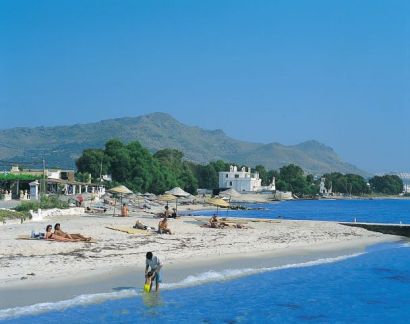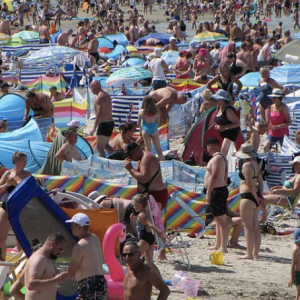If you’ve already booked your villa holiday in Turkey this year, the chances are you’ll have booked your summer break on the Bodrum Peninsula. We have to say we can’t blame you either. Who wouldn’t be drawn to an area with wonderful beaches, a fabulous climate and wonderful food? Yet it might surprise to learn that the Bodrum Peninsula has much more to offer than just sun, sand a great party atmosphere: the Bodrum Peninsula has a rich historical past. Bodrum was the birth place of many of the region’s successful civilisations. These civilisations left their mark on the area, and traces of their past glories can be seen dotted all over the peninsula. Anyone with an interest in history will find more than enough of interest to keep them occupied throughout the course of their villa holiday break.
Exploring the historical landmarks of Bodrum
There’s no better place to start than in the town itself. On the hillside above Bodrum stands a majestic amphitheatre with magnificent views over the Aegean Sea and the surrounding coastline. Dating from the fourth century BC, this well-preserved amphitheatre used to seat 13,000 people. Looking out from the amphitheatre towards the coastline you’ll see Bodrum’s most famous landmark, the castle of Saint Peter. The castle was built by the Knights Templar, and has been variously used over the years as a gaol and as a defence port. Now it is the home of the Bodrum Underwater Archaeology Museum. If you’re visiting during the high summer months you may get the chance to see one of the many piano recitals or ballet productions that are staged in the amphitheatre.
The Mausoleum (tomb) of Halicarnassus was one of the seven wonders of the ancient world. Sadly the tomb is now neglected and overgrown. The main structure has crumbled away and only the foundations are now visible. The construction of Halicarnassus started around 350BC by the king Mausolus. He died before its completion and his sister, who was also his wife, finished it as a tribute to him.
At Myndos gate, you’ll be able to see the remains of the old city walls. In its prime, the gate was a stronghold for the local population and was the focal point of resistance to the advances of invading emperor, Alexander the Great. Only the ruins of two towers now remain, but further excavations are planned to unearth many of the secrets that remain buried.
What you will notice throughout the region is the predominance of windmills. These are dotted right throughout the Peninsula, mainly on coastal hills. Most of these are now derelict and no longer used for grinding flour. The best examples can be found in the coastal resort of Yalikavak. You may also notice many white domed buildings on your travels. These are water cisterns which were built by the Ottomans to collect and store water.
You’ll find an abundance of ruins on the outskirts of the town. Euromos lies off the Milas / Bodrum road. Local historians claim that Euromos it is one of the best preserved examples of a Temple of Zeus to be found anywhere in the world. All that remains now is an altar at the side of the temple and sixteen columns which point up to the sky. It is thought to have been built during the region of Hadrian, but some historians have suggested the temple was never completed. They base their thesis on the lack of decoration on some of the columns.
The village of Herakliea dates from the Carian period and was used by traders on the ancient Herakliea dates from the Carian period and was used by traders on the ancient Miletos to Ephesus trading route. Many village locals lead visitors around the city ruins which are located on the edge of Bafa Lake. Formerly a sea trading port, it was deserted when the city could no longer trade because deposits from the Meander River silted up the entrance to the port.
Further afield lovers of history will find more historical sites and landmarks in the neighbouring regions of Izmir and Kusadasi. Here you’ll find Ephesus, the house of the Virgin Mary and Pergamon. Alternatively the Mediterranean coast of Turkey is home to the famous Lycian way trek which traces the path of all the Lycian ruins found on this coast including Myra, Tlos and the world UNESCO sites of Letoon and Xanthos.





